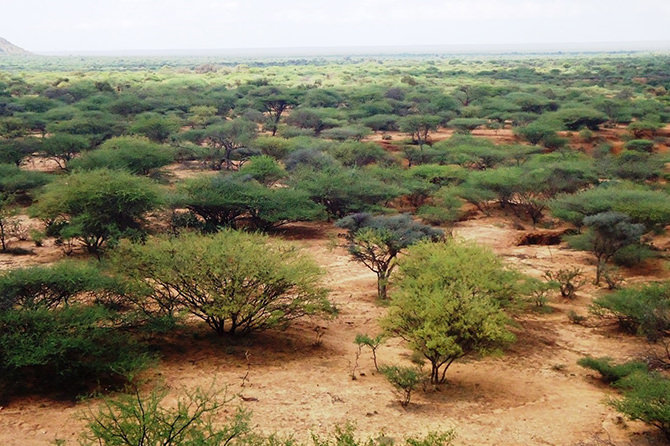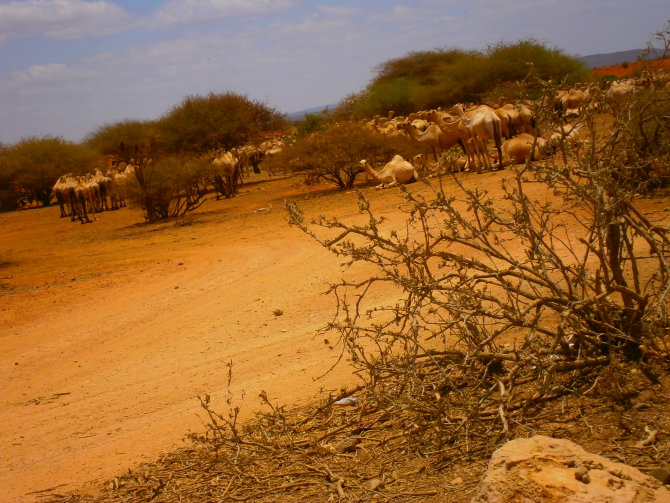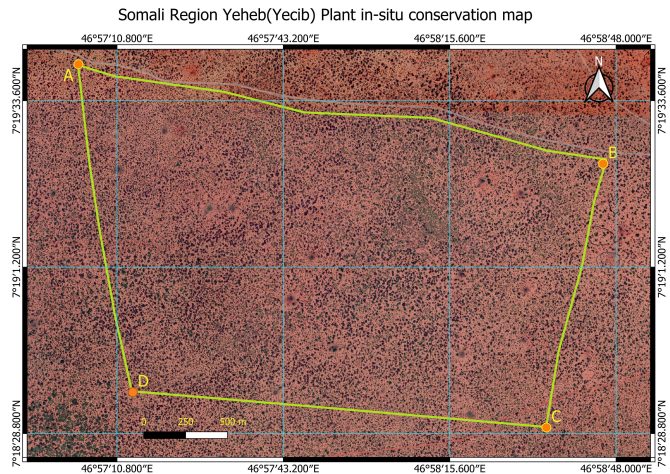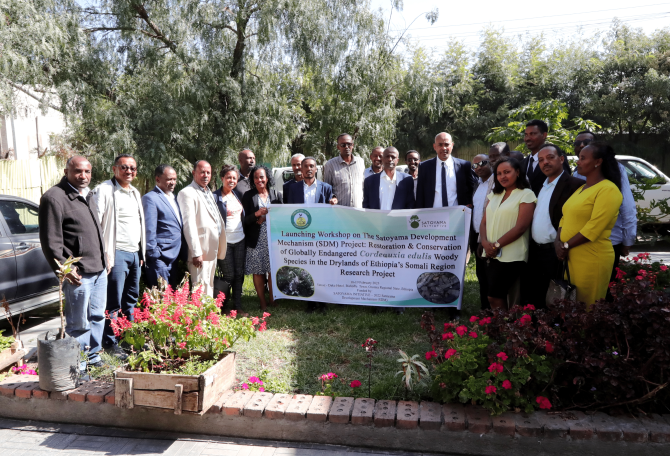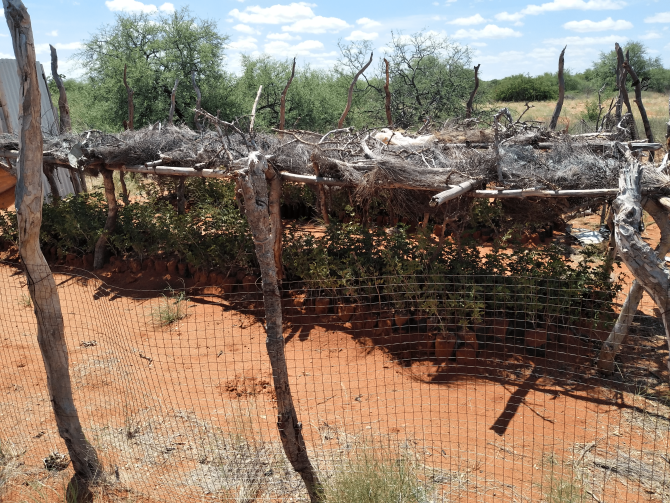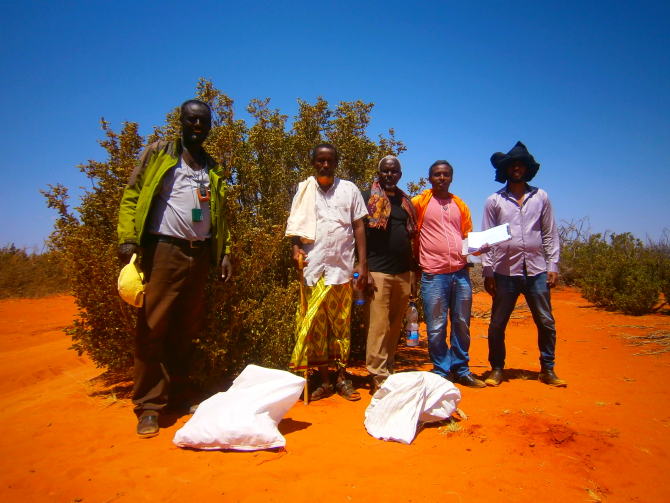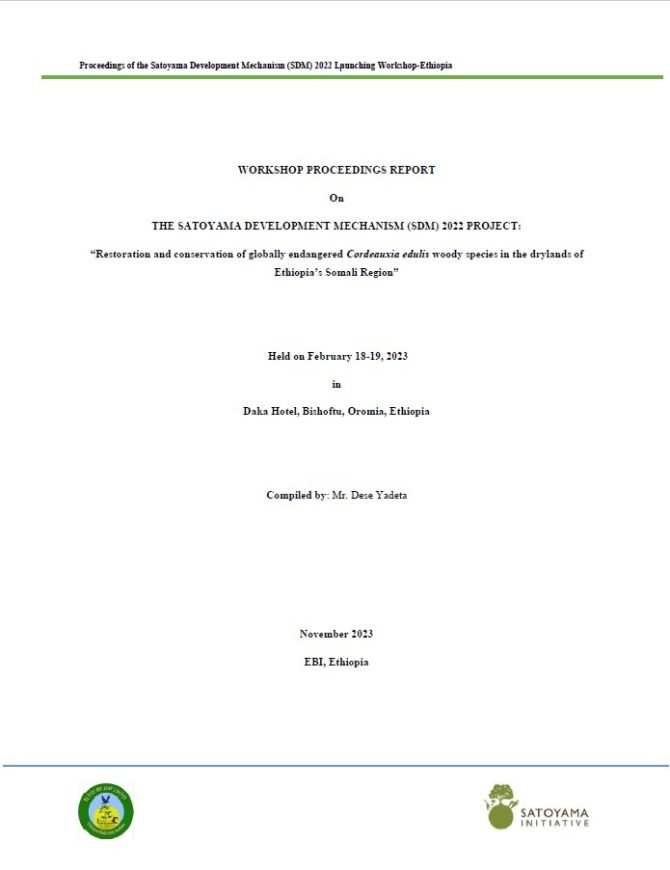2022 ETHIOPIA
Restoration and conservation of globally endangered Cordeauxia edulis woody species in the drylands of Ethiopia’s Somali Region
Ethiopian Biodiversity Institute (EBI)
Community / field-based implementation
Landscape
Overview
Cordeauxia edulis is a multi-purpose wild crop and native to Ethiopia and Somalia. It is drought-resilient and “climate-smart”, with significant potential for ecological sustainability, food security, and income generation. However, C. edulis faces multiple combined threats such as habitat loss, overexploitation, overgrazing, prolonged drought, lack of on-the-ground conservation interventions, lack of land management systems, and lack of evidence-based species conservation action plans. C. edulis is currently listed as endangered on the IUCN Red List of Threatened Species.
The overall objective of the project was to restore and conserve C. edulis and its habitat by implementing the following activities:
- A two-day training workshop for stakeholders on the importance of species conservation
- Three levels of capacity-building training for stakeholders, administrators and experts, and local communities, respectively, at the project site
- Surveys to identify and map C. edulis ecosystem services, distribution, and threats
- In-situ site, field gene bank, and nursery establishment
- Seed collection and planting of seedlings
Key achievements
- Raised awareness of the importance of species conservation and increased capacity of multi-sectoral stakeholders, including local institutions, local communities, practitioners, and landscape managers to collaborate and mainstream nature-based solutions (NbS) in restoration and conservation.
- An OECM of 504 hectares was established.
- A 2.2-hectare field gene bank was established, including a nursery site in which to produce more than 170,000 seedlings of C. edulis.
- A website (http://geo.portal.ebi.gov.et/sdm/activities/) was created to access and update important information related to the project.
Lessons
- The capacity building, awareness-raising, and the strengthening of institutional frameworks is important for restoring and conserving threatened species and preventing extinction caused by human activities.
- Integrating scientific research, taking proactive measures, and forming partnerships with stakeholders plays an important role to achieve sustainable species conservation, maximize value, improve conservation status, and restore threatened species and their habitats.
- Financial support is necessary to halt and reverse the loss of threatened species and biodiversity, emphasizing its importance for effective conservation efforts.
Project location
Organisation
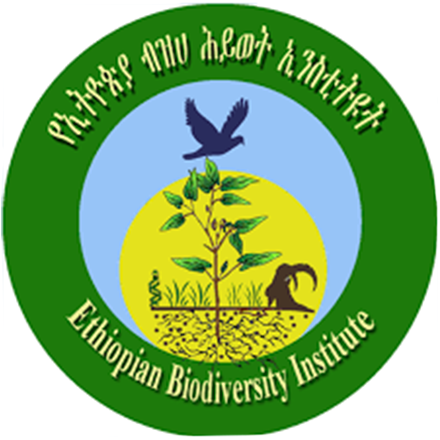
Ethiopian Biodiversity Institute (EBI)
- Sector
- National governmental
- Country
- Ethiopia
- Website/SNS
- https://www.ebi.gov.et
Related products
Proceedings of the Satoyama Development Mechanism (SDM) 2022 Launching Workshop-Ethiopia
- Publisher
- Ethiopian Biodiversity Institute (EBI)
The workshop discussion aims to highlight the linkages between biodiversity health and climate, and the need to stop biodiversity loss through direct species conservation, emphasize the importance of applying the precautionary principle in nature-based and other climate adaptation solutions, coupled with better scientific understanding of ecosystems and ecological structures, and highlight the importance of local actors in conservation to protect biodiverse rich ecosystems crucial to addressing the combined crisis of biodiversity loss and climate change.
The SDM project is the first-ever project focused on the restoration and conservation of threatened Cordeauxia edulis species in the drylands of the Somali Region of Ethiopia to improve and upgrade its conservation status.
The workshop was opened with a keynote speech and welcome address delivered to the workshop participants by Dr. Melesse Maryo, Director General of the Ethiopian Biodiversity Institute (EBI). In his opening remarks, Dr. Melesse welcomed the participants and congratulated Mr. Dese Yadeta who initiated the project and organized the workshop. Following the opening remarks, Dr. Feleke Woldeyes, Deputy Director General of the Ethiopian Biodiversity Institute (EBI) also addressed the project launching workshop.
Relevant projects
Projects of the same year
Kunming-Montreal Global Biodiversity Framework Targets
Kunming-Montreal Global Biodiversity Framework Targets
-
Plan and Manage all Areas To Reduce Biodiversity Loss
-
Restore 30% of all Degraded Ecosystems
-
Conserve 30% of Land, Waters and Seas
-
Halt Species Extinction, Protect Genetic Diversity, and Manage Human-Wildlife Conflicts
-
Ensure Sustainable, Safe and Legal Harvesting and Trade of Wild Species
-
Manage Wild Species Sustainably To Benefit People
-
Enhance Biodiversity and Sustainability in Agriculture, Aquaculture, Fisheries, and Forestry
-
Restore, Maintain and Enhance Nature’s Contributions to People
-
Increase the Sharing of Benefits From Genetic Resources, Digital Sequence Information and Traditional Knowledge
-
Integrate Biodiversity in Decision-Making at Every Level
-
Enable Sustainable Consumption Choices To Reduce Waste and Overconsumption
-
Strengthen Capacity-Building, Technology Transfer, and Scientific and Technical Cooperation for Biodiversity
-
Ensure That Knowledge Is Available and Accessible To Guide Biodiversity Action
Sustainable Development Goals
Sustainable Development Goals
-
Zero hunger
-
Decent work and economic growth
-
Sustainable cities and communities
-
Responsible consumption, production
-
Climate action
-
Life on land
